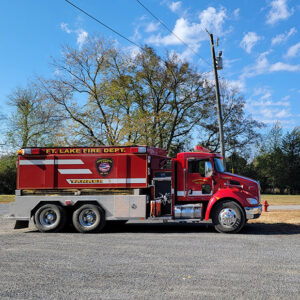 Fountain Lake Fire Truck
Fountain Lake Fire Truck
Entry Category: Counties, Cities, and Towns
 Fountain Lake Fire Truck
Fountain Lake Fire Truck
Fourche (Perry County)
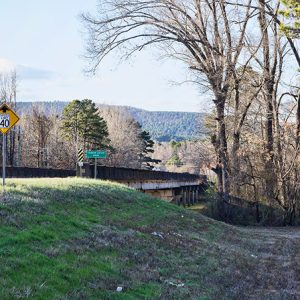 Fourche La Fave Bridge
Fourche La Fave Bridge
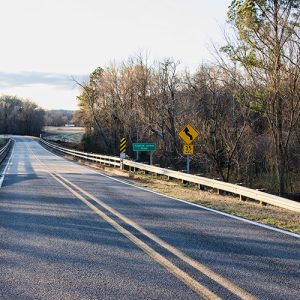 Fourche La Fave Bridge
Fourche La Fave Bridge
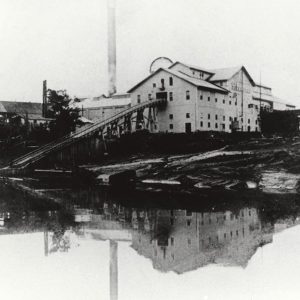 Fourche River Lumber Co.
Fourche River Lumber Co.
Fox (Stone County)
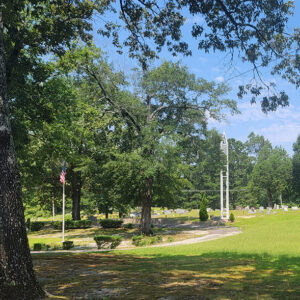 Francois Cemetery
Francois Cemetery
 Francois Church
Francois Church
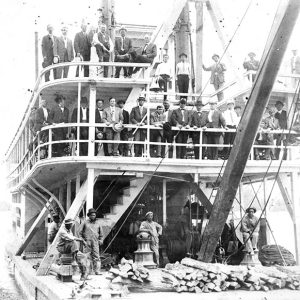 Frank R. Hill Steamboat
Frank R. Hill Steamboat
 Franklin
Franklin
Franklin (Izard County)
 Franklin Church
Franklin Church
Franklin County
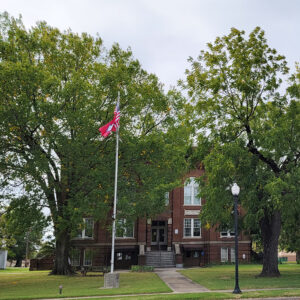 Franklin County Courthouse, Southern District
Franklin County Courthouse, Southern District
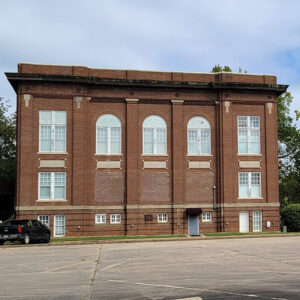 Franklin County Courthouse, Southern District
Franklin County Courthouse, Southern District
 Free Bridge
Free Bridge
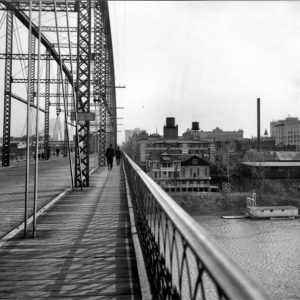 Free Bridge
Free Bridge
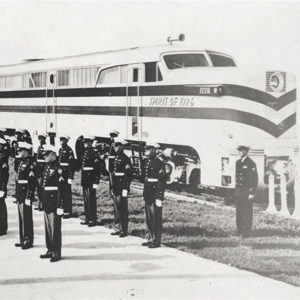 Freedom Train
Freedom Train
 Freeman's Esso
Freeman's Esso
Frenchport (Ouachita County)
Friendship (Hot Spring County)
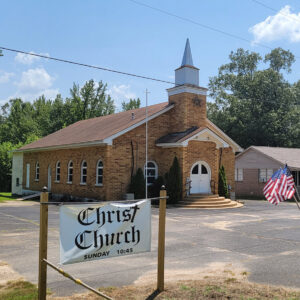 Friendship Church
Friendship Church
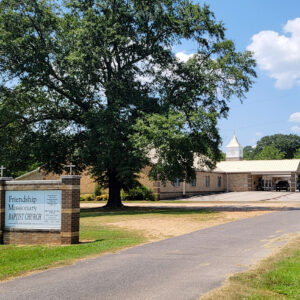 Friendship Church
Friendship Church
 Friendship Park
Friendship Park
 Friendship Post Office
Friendship Post Office
 Friendship School
Friendship School
 Friendship Street Scene
Friendship Street Scene
 Frisby's
Frisby's
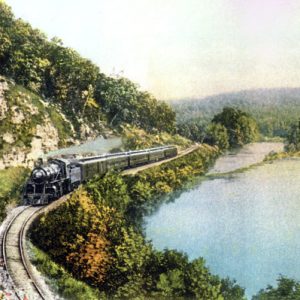 "Frisco" Railway near Hardy
"Frisco" Railway near Hardy
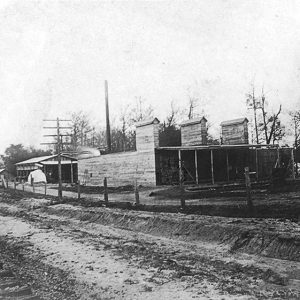 Frisco Stave Company
Frisco Stave Company
 Frith-Plunkett House
Frith-Plunkett House
Frog Town (Sebastian County)
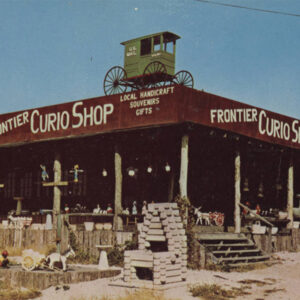 Frontier Curio Shop
Frontier Curio Shop
Fulton (Hempstead County)
 Fulton Bridge
Fulton Bridge
 Fulton Bridge
Fulton Bridge
Fulton County
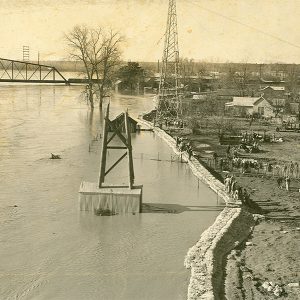 Fulton Flood
Fulton Flood
 Fulton Levee
Fulton Levee
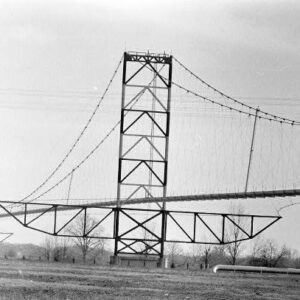 Fulton Pipeline
Fulton Pipeline
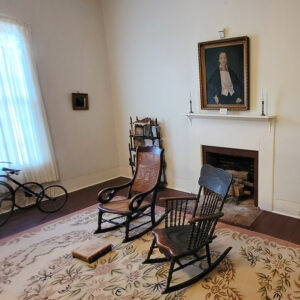 Furnishings and Fireplace Display
Furnishings and Fireplace Display
 Futrall House
Futrall House
 Gaines Cafeteria
Gaines Cafeteria
Gainsboro (Independence County)
Galley Rock
aka: Galla Rock (Pope County)
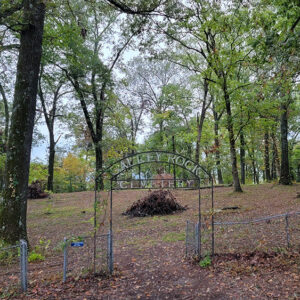 Galley Rock Cemetery
Galley Rock Cemetery
 Galley Rock Cemetery
Galley Rock Cemetery
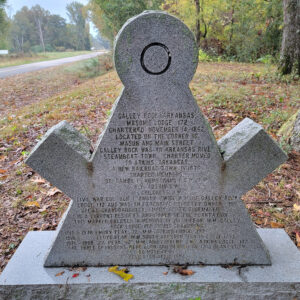 Galley Rock Masonic Marker
Galley Rock Masonic Marker
Galloway (Independence County)
 Gamaliel Street Scene
Gamaliel Street Scene




